人教新课标必修2 Unit 4 Wildlife protection reading课件(28张PPT)
文档属性
| 名称 | 人教新课标必修2 Unit 4 Wildlife protection reading课件(28张PPT) | 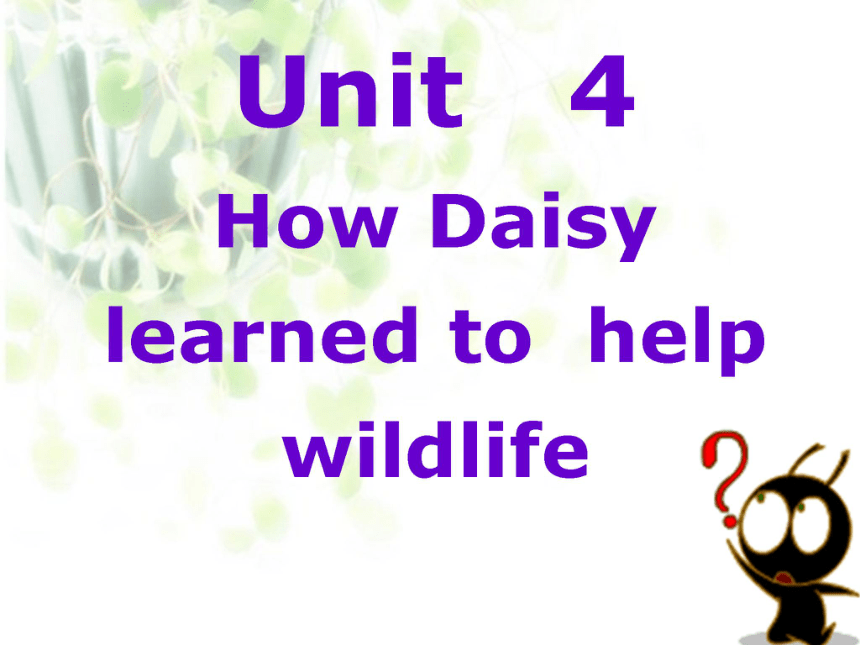 | |
| 格式 | zip | ||
| 文件大小 | 5.6MB | ||
| 资源类型 | 教案 | ||
| 版本资源 | 人教版(新课程标准) | ||
| 科目 | 英语 | ||
| 更新时间 | 2019-06-21 18:37:52 | ||
图片预览

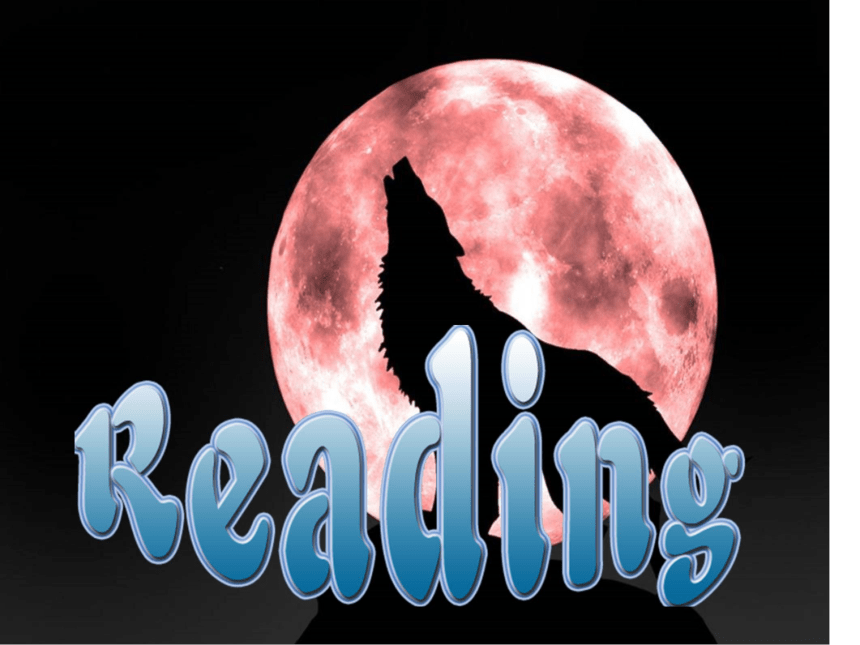
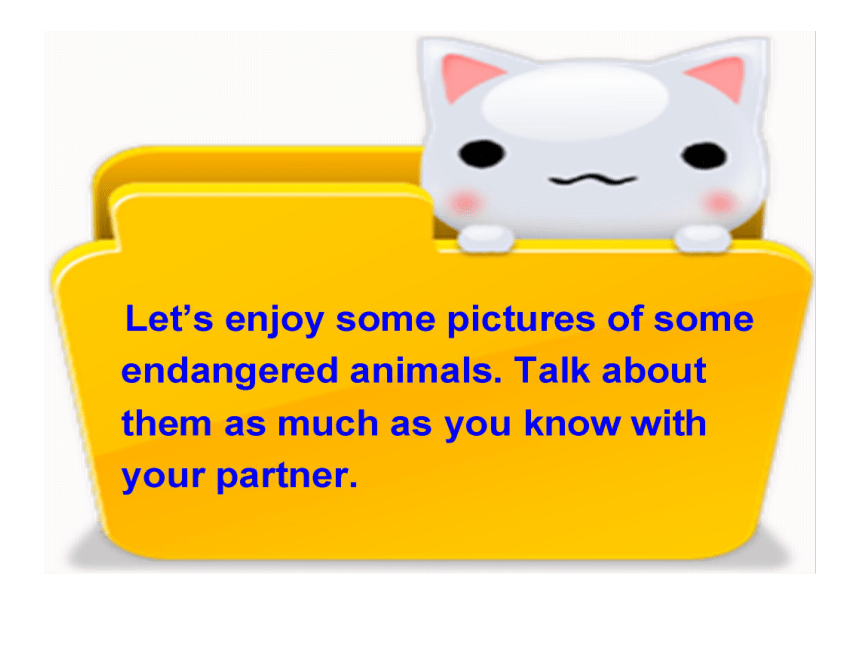
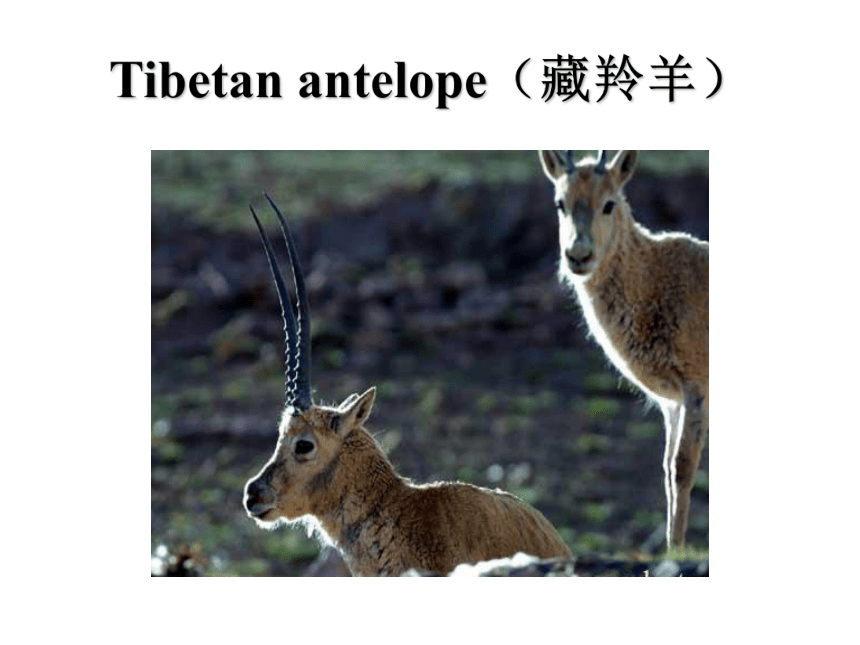

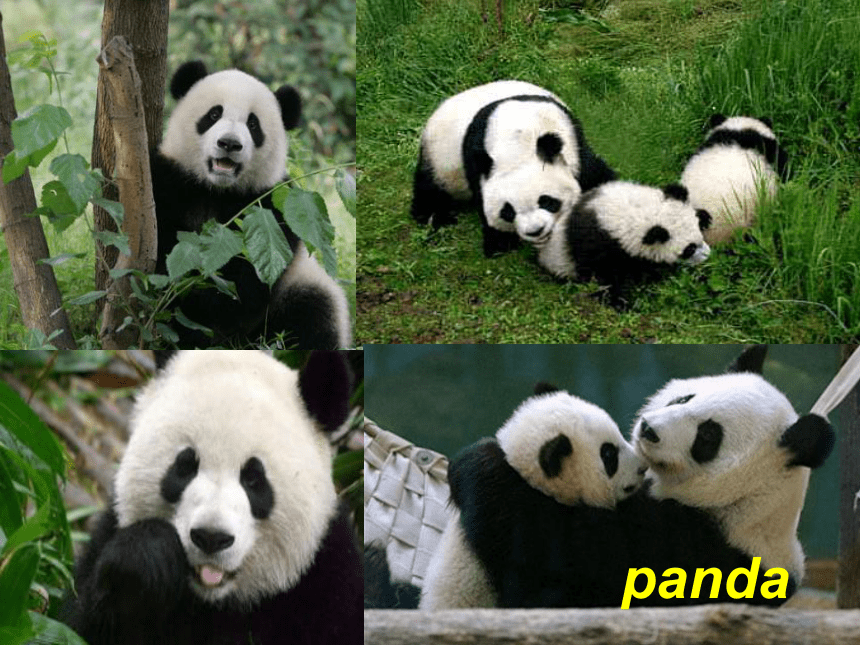
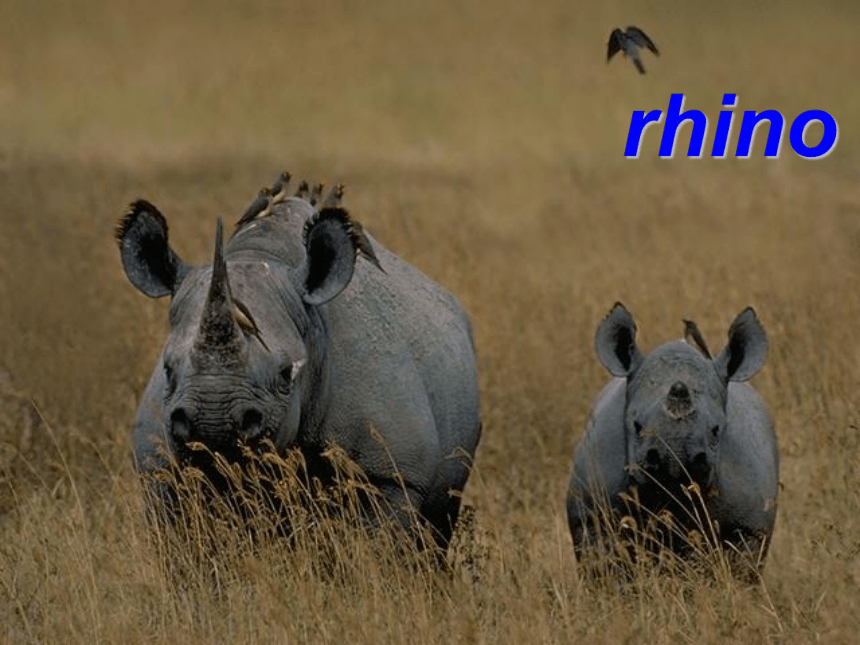

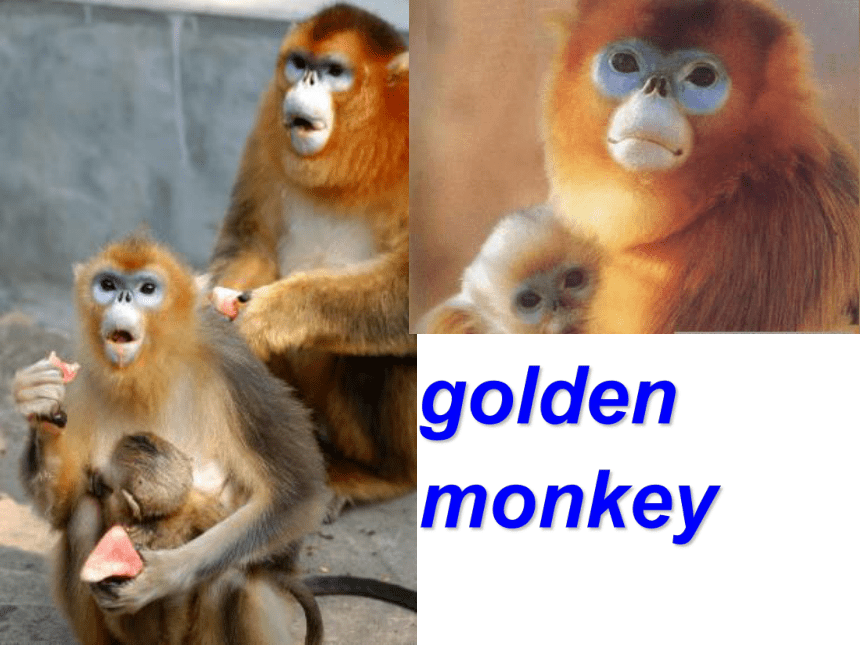
文档简介
课件28张PPT。Tibetan antelope(藏羚羊)South China Tiger 华南虎pandarhinomilu deergolden monkeygiraffeelephantred-crowned crane
丹顶鹤(仙鹤)Some wild animals disappeared or died out.
What should we do to protect our wild animals?Where did Daisy go? Who took her there?
Tibet, Zimbabwe and rain forest.
A flying carpet
What kind of animal did she meet in each place?
An antelope, an elephant and a monkey.
Read the passage quickly and write down its main idea. Daisy took ___________to travel and talked with ____________, which made her know ___________ of the wildlife protection.
a flying carpetsome animalsthe importance Read the story carefully and then answer the following questions:
1.Why has the antelope in Tibet become an endangered species?
2. Why are elephant numbers increasing in Zimbabwe?
3.How does the government of Zimbabwe help protect wild animals?
4.Why is it important to protect the rainforest?
5.What must be done if wildlife protection is to succeed?
1. Why has the antelope in Tibet become an endangered
species?
Its fur is being used to make sweaters. As the sweaters become popular, more and more animals are killed. So very few antelopes are left.
2. Why are elephant numbers increasing in Zimbabwe?
The farmers stopped killing the elephants, so the numbers are increasing.
3. How does the government of Zimbabwe help protect wild animals?
The government helps the farmers. It makes sure that the tour companies pay the farmers when tourists come to visit and hunt a few animals.
4. Why is it important to protect the rainforest?
Looking after the rainforest helps protect plants and animals we know nothing about. They may make it possible for us to produce medicines and drugs that we don’t yet know about.
5. What must be done if wildlife protection is to succeed?
Do ExerciseWhy they are endangered?
What should we do to protect wild animals/.
丹顶鹤(仙鹤)Some wild animals disappeared or died out.
What should we do to protect our wild animals?Where did Daisy go? Who took her there?
Tibet, Zimbabwe and rain forest.
A flying carpet
What kind of animal did she meet in each place?
An antelope, an elephant and a monkey.
Read the passage quickly and write down its main idea. Daisy took ___________to travel and talked with ____________, which made her know ___________ of the wildlife protection.
a flying carpetsome animalsthe importance Read the story carefully and then answer the following questions:
1.Why has the antelope in Tibet become an endangered species?
2. Why are elephant numbers increasing in Zimbabwe?
3.How does the government of Zimbabwe help protect wild animals?
4.Why is it important to protect the rainforest?
5.What must be done if wildlife protection is to succeed?
1. Why has the antelope in Tibet become an endangered
species?
Its fur is being used to make sweaters. As the sweaters become popular, more and more animals are killed. So very few antelopes are left.
2. Why are elephant numbers increasing in Zimbabwe?
The farmers stopped killing the elephants, so the numbers are increasing.
3. How does the government of Zimbabwe help protect wild animals?
The government helps the farmers. It makes sure that the tour companies pay the farmers when tourists come to visit and hunt a few animals.
4. Why is it important to protect the rainforest?
Looking after the rainforest helps protect plants and animals we know nothing about. They may make it possible for us to produce medicines and drugs that we don’t yet know about.
5. What must be done if wildlife protection is to succeed?
Do ExerciseWhy they are endangered?
What should we do to protect wild animals/.
